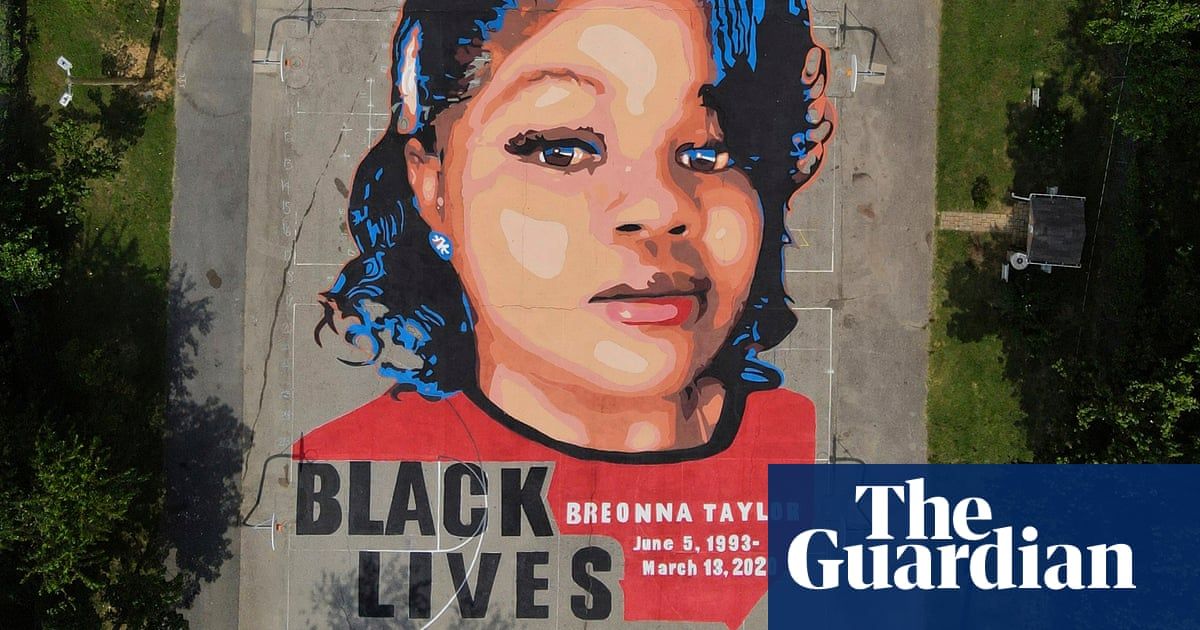Social Security, Medicare require fixes, experts say
As lawmakers work to hammer out a debt limit deal, experts already say more needs to be done to curb the nation's spending, and that could include Social Security and Medicare reform.
The debt ceiling is the maximum amount of money that the federal government may borrow to pay its bills. If the government crosses that threshold, it may default on its debt.
The point at which the government may not be able to pay all of its obligations — known as the "X date" — could happen in the first two weeks of June, according to the Congressional Budget Office. Treasury Secretary Janet Yellen has warned the U.S. could run out of money as soon as June 1.
More from Personal Finance:
How federal payments may be delayed in debt ceiling standoff
What the looming debt ceiling crisis means for your portfolio
Who could be affected most by retirement reforms in the U.S.
Thus far, lawmakers have been unable to quickly resolve the issue. House Republicans have passed legislation called the Limit, Save, Grow Act to raise the debt ceiling. But Democrats including President Joe Biden have rejected the terms.
While there is optimism both parties will come together to address the issue, experts say it is unlikely any compromise will include long-term fixes for the nation's fiscal woes.
Debt held by the public as a share of GDP averaged about 46% to 47% from 1973 to 2022, Jason Fichtner, chief economist at the Bipartisan Policy Center, noted during a webcast hosted by the think tank on Monday.
That debt is now near 100%, he said, while the CBO is projecting it could climb to 118% of GDP by 2033, the highest level recorded.
Source: CNBC


